Initial release date September 1986 Genre Sim racing | ||
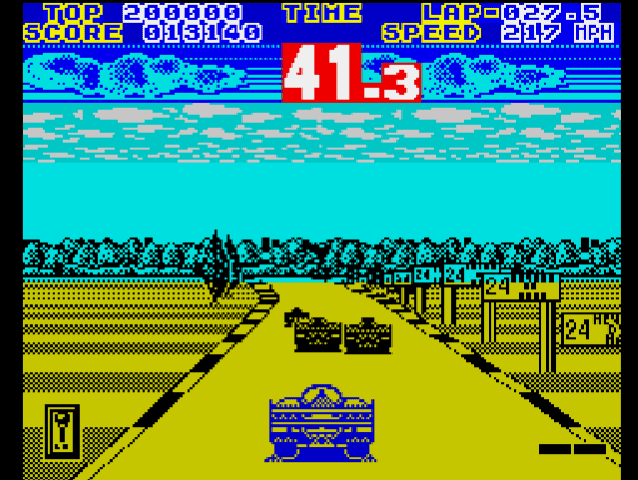 | ||
CPU 2× 68000 @ 10 MHz,Z80 @ 3.579545 MHz Sound YM2151 @ 3.579545 MHz,K007232 @ 3.579545 MHz Display 320×224 resolution, 60 Hz refresh rate,2048 colors on screen,65,536 color palette Similar Le Mans 24, Chase HQ, Test Drive Le Mans, Combat School, Enduro Racer | ||
WEC Le Mans is a racing simulation arcade game released in 1986 by Konami. It was the first racing video game to depict the 24 Hours of Le Mans. The Lap of Le Mans is split up into three sections, during which the time of day changes from day to dusk, dusk to night, and night to dawn.
Contents
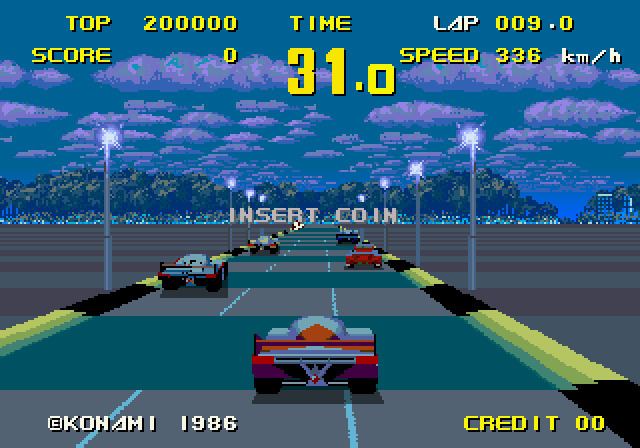
Wec le mans 24 arcade
Gameplay

The game attempted to realistically simulate car driving, with the car jumping up and down, turning back and forth, and spinning up to 180 degrees, with an emphasis on acceleration, braking, and gear shifting, along with the need for counter-steering to avoid spin-outs. It also featured accurately simulated courses approved by the Automobile Club de l'Ouest, and used force feedback to simulate road vibration in the form of a vibrating steering wheel that reacts to the driver's acceleration and off-road bumps.

The game is known as being very difficult to complete, the tracks width remains constant at 3 lanes of racing, and any slight contact with an opposing race car will result in either a spin, or a spectacular flip in the air. Going off the course and running wide at a corner will also end in a spin.
Arcade cabinet
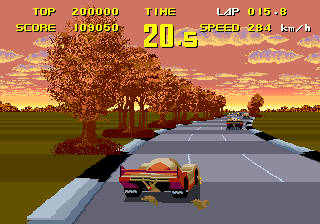
Konami released three different video game arcade cabinet versions of the video arcade game, an upright machine, a 'mini' spin where the driver sat in a sit-down cockpit, and the 'big' spin version, the deluxe arcade version that would actually spin the gamer around a 360° spinning base, turning left or right depending on the corner. The front of the 'big' spin arcade machine looked like a real Prototype C Race car.
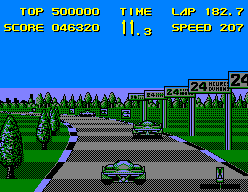
The arcade cabinet was expensive for its time, with a high price of £7000 in 1986, equivalent to £18497 or $27678 in 2017.
Home conversions
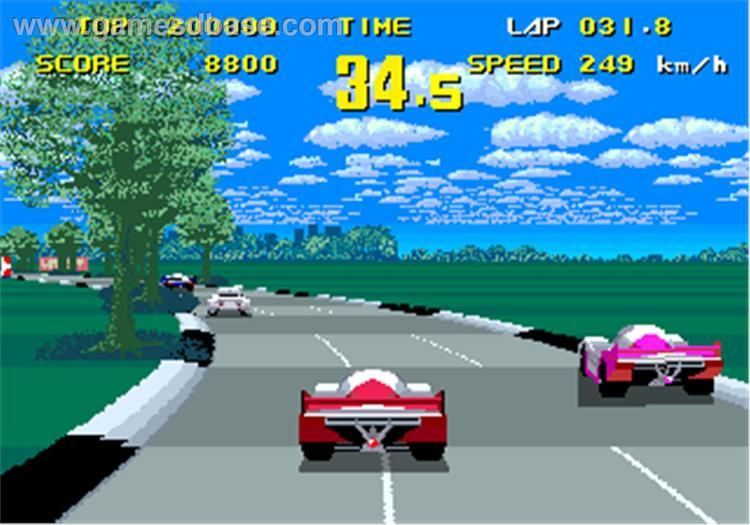
The game had several ports by Imagine Software (as Imagine Studios) to Amstrad CPC, Commodore 64, MSX, and ZX Spectrum. A rumored 16-bit port to the Amiga and Atari ST was mentioned, but never came to fruition.
Today, the original arcade game can be played on home systems via MAME, though the arcade cabinet cannot be simulated.
Reception
The arcade version was critically acclaimed upon release. Following its debut at the Preview '87 show, in September 1986, Computer and Video Games gave it a positive review in its January 1987 issue, with Clare Edgeley declaring it her favourite game at show, describing it as a "fast and realistic racing simulation" and praising the rotating cockpit cabinet, concluding it to be the most "exhilerating game" she played in months. She gave it "the edge" over Out Run, mainly for better "movement", but noted "many seem to prefer Out Run." At the ATEI (Amusement Trades Exhibition International) show in January 1987, both Out Run and WEC LE Mans "stole the January show" according to Computer and Video Games. Clare Edgeley reviewed it again in the February 1987 issue of Sinclair User, stating it "is far and way the most sophisticated and certainly the most thrilling game I've ever played", describing it as "like Hang-On" but "with a racing car which you actually sit inside" and a "movement system" that "is entirely different from anything experienced before" where "you really get thrown around" and "which simulates each action, even spinning," and "shakes the whole car" when going off track or skidding on the marked border lines. She stated "there are hazards to avoid, other cars bombing past you", "great graphics and high speed."
It was also commercially successful in arcades. On the Coinslot dedicated arcade game chart, it was number-three, behind Street Fighter and Continental Circus.
The Spectrum version of the game also earned critical acclaim. The Spectrum version was also commercially successful, reaching 4th place on the UK Spectrum chart in May 1989.
